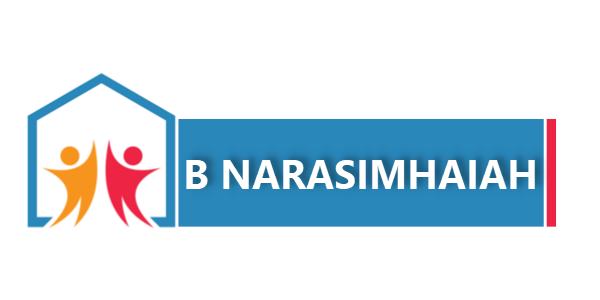Filing ITR soon? Can you still pick a different tax regime?
As Form 16 begins landing in the inboxes of salaried employees, many taxpayers are starting the process of preparing their income tax returns (ITRs) for the financial year 2024-25. One of the most common questions being raised this year is whether individuals can switch their tax regime at the time of filing—especially if they had earlier informed their employer about a different choice.
Changing Your Tax Regime at ITR Filing Is Allowed
The good news is that the Income Tax Act allows individuals to switch between the old and new tax regimes at the time of filing their ITR. This means that even if a salaried employee had opted for the old tax regime for tax deducted at source (TDS) during the financial year, they can still choose to file their ITR under the new tax regime if they find it more beneficial.
Conversely, those who chose the new regime for salary TDS can shift to the old regime while filing their return.
How to Switch Regimes
The income tax return form will include a question: “Whether opting out of new tax regime of Section 115BAC?” Clicking “yes” indicates that you wish to file under the old tax regime. If you click “no,” your ITR will be processed under the new regime, which is the default.
Section 115BAC of the Income Tax Act lays down the tax slabs and rules applicable under the new tax regime.
Deadline Is Key
However, there’s a crucial caveat. This flexibility to change regimes is only available if the ITR is filed on or before the due date. If a taxpayer files a belated return—after the deadline—the ITR will be filed only under the new tax regime. The income tax portal will not allow a switch to the old regime in such cases.
ITR Filing Deadlines
- July 31, 2025 – For individuals and salaried employees not requiring a tax audit.
- October 31, 2025 – For those requiring a tax audit (no international transactions), provided the audit report is submitted by September 30.
- November 30, 2025 – For taxpayers with international transactions, audit report submission due by October 31.
Taxpayers are advised to carefully assess which regime offers them greater benefits and file their ITR well before the deadline to retain the flexibility of choosing their preferred tax regime.
